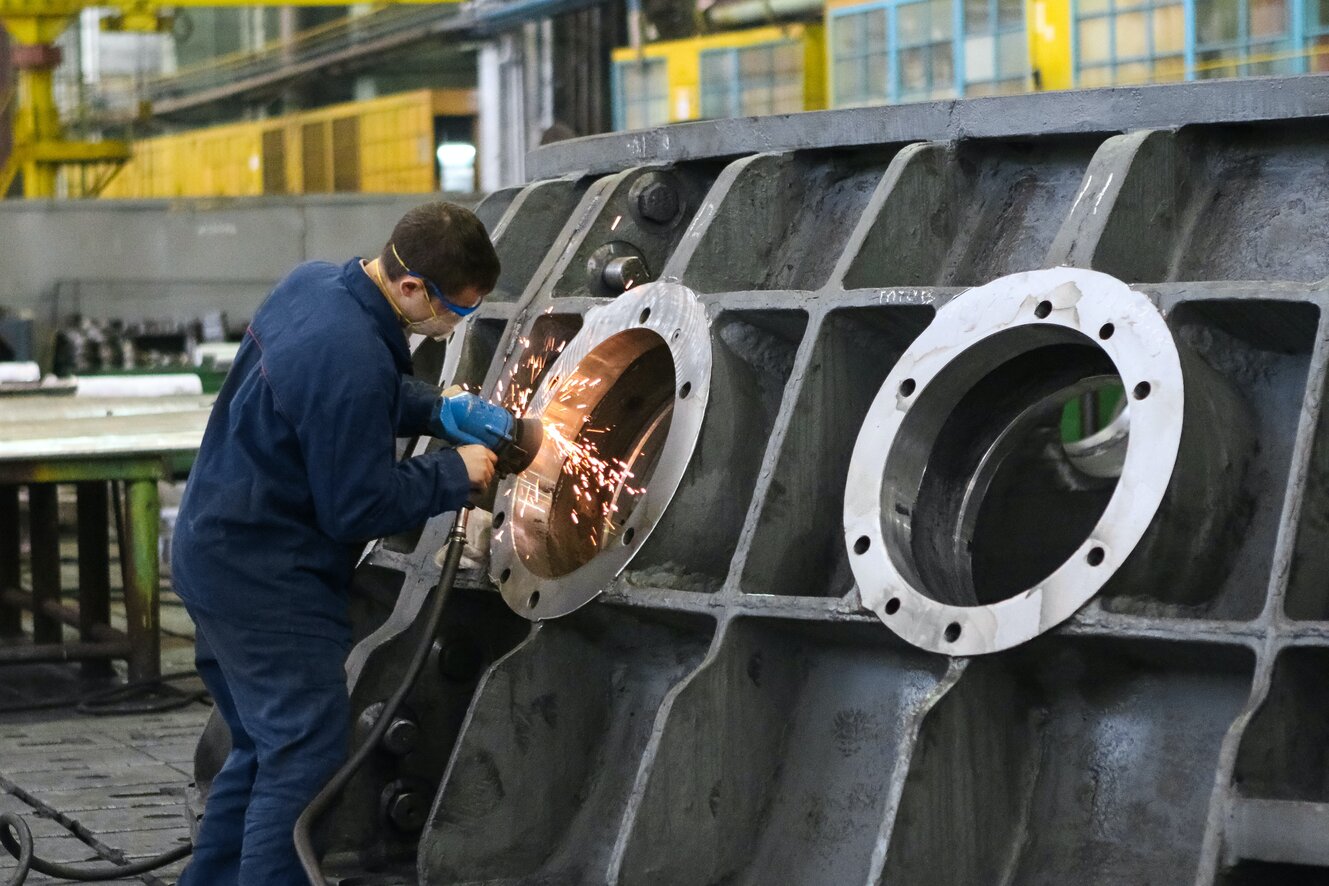
Massage is a term used to describe the therapeutic process of pressing, rubbing, and manipulating the skin, muscles, ligaments, and tendons. Types of massage can range from light stroking to the application of strong pressure. Not long ago, you would need to go to a high-end spa or health club to get a massage. Today, professional masseurs offer services in clinics, hospitals, and businesses.
Many businesses arrange to have mobile therapists provide onsite massages in the workplace. The practice helps relax employees, lowering stress levels and improving thinking processes.

Types of Massage
Professionals who provide corporate massage services offer a range of options and can tailor services to clients’ needs. Therapists can provide either chair or table massages.
With chair massage, therapists deliver massage services while employees sit in specially designed chairs. It’s a method that can relax employees, improve their circulation, and minimize tension. Chair massage is beneficial for workers who sit at computers all day or do a lot of lifting, standing, or driving.
Table massage is a more traditional method. Individuals lie on a table, and a therapist uses techniques like pressure, stretching, and structural work. The process is very relaxing and helps balance the body.
Per The Mayo Clinic, professionals can offer clients several types of massage, with the most common being:
- Deep massage. A therapist targets deep layers of muscle and connective tissue using slow, somewhat forceful strokes. It promotes healing and relaxation.
- Swedish massage. This is a gentle technique involving deep, circular movement, long strokes, tapping, and vibration. The method is especially beneficial for those suffering from muscle damage due to injuries.
- Sports massage. While it is similar to Swedish massage, sports massage is typically used primarily to help those involved with athletics. The process can help prevent and treat injuries.
- Trigger point massage. Therapists focus on tight muscle fibers that form in muscles due to overuse or injuries.
Executive and Corporate Massage
Although massage has traditionally been considered a luxury, businesses are beginning to view it as an essential business tool. Executives often arrange for massages to help them perform their best. According to Forbes, companies are arranging for on-site massage services as an employee perk that offers crucial benefits.
Corporate massage can help executives stay focused and relaxed during stressful periods when they must work long hours. Leaders are famous for being too busy to pay attention to their health. Regular massage allows them to slow down and enjoy a healthy respite from the grind.
Many executives now see massage as a vital part of an overall wellness plan, like exercise and nutrition. Regular massage helps free thoughts, which leads to greater creativity. Ongoing research indicates that executive massages could offer relief from common issues that include:
- Lower back pain
- Insomnia
- Sports injury pain
- Headaches
- Digestive problems
- Nerve pain
- Neck and upper back pain
- Fibromyalgia
Employee Health Benefits
Businesses offer employees on-site massage services to create a healthier, more user-friendly work environment. Employee wellness is linked directly to issues such as productivity and job satisfaction. Corporate environments can quickly become toxic and so stressful that workers quit. Offering massage services as part of an overall well-being program can help create a more positive workplace.
Massage helps fight fatigue. Tired workers often suffer from muscle tension, a condition that can result in reduced oxygen and glucose. The result is exhausted workers who can’t access their energy reserves. A professional massage restores energy and encourages the release of endorphins, dopamine, and serotonin, which are mood boosters.
Massage can boost immune function. When large numbers of employees get sick and take time off during cold and flu season, it wreaks havoc on productivity. Research shows that scheduling a weekly massage can help increase immunity and lower the chances of getting sick. Regular massage increases the body’s white blood cell activity, which is crucial in fighting viruses.
A massage helps the circulatory system, which significantly impacts employees’ mental and physical well-being. Massages improve blood flow, ensuring body functions are more efficient and increasing alertness and productivity. Improved blood flow can also help overcome the afternoon slump common among desk-bound workers.
Improved Employee Productivity
Corporate massages can spark creativity in workers as well as their leaders. Stress often hinders creativity by preventing employees from seeing the whole picture. A relaxed body leads to a peaceful mind that is better equipped to solve problems and arrive at the best solutions. Comfortable people have far more of the “aha” moments associated with achievement.
Regular massage promotes restorative sleep. Massage helps reboot the brain, promotes relaxation, and makes it easier for workers to tackle their days with energy. Recent studies show that people who get massages spend more time in the deep sleep cycles that are vital to well-being. Scheduling a massage the day before an important event or big presentation can help workers avoid tossing, turning, and losing sleep.
A regular massage reduces stress-related issues that impact work performance. The low lights, soothing music, and healing touch associated with massage are not only relaxing, but they reduce cortisol, the stress hormone. High cortisol levels are associated with poor immune function, high blood pressure, and obesity. Workers don’t need long massages to reduce cortisol- a 15-minute weekly chair massage can have profound benefits.
A More Positive Workplace
Offering massage therapy can help lower employee turnover. Employees who work in a lower-stress environment are happier and do better work. Relaxed staff members are more likely to work well together, which is essential for maximum productivity. A healthier, more flexible workforce has fewer workman’s compensation claims and uses fewer sick days. Massage therapy also has psychological benefits since it reduces depression and anxiety.
Perks like on-site massage services make it easier to attract the best-qualified workers. Employees are also likely to stay with a company they feel promotes their well-being with programs like corporate massages.
It is becoming more common for businesses to provide on-site corporate massage therapy for their workforce. Regular massage is relaxing, which can spur creativity, productivity, and a sense of well-being. Professional massage improves the immune system, reducing employee absenteeism and boosting morale. More relaxed workers are less anxious and depressed and more likely to work well together. Offering on-site massages helps businesses attract and keep talent.
Zombie maven. Musicaholic. Friendly student. Unapologetic organizer. Hipster-friendly internet geek.








